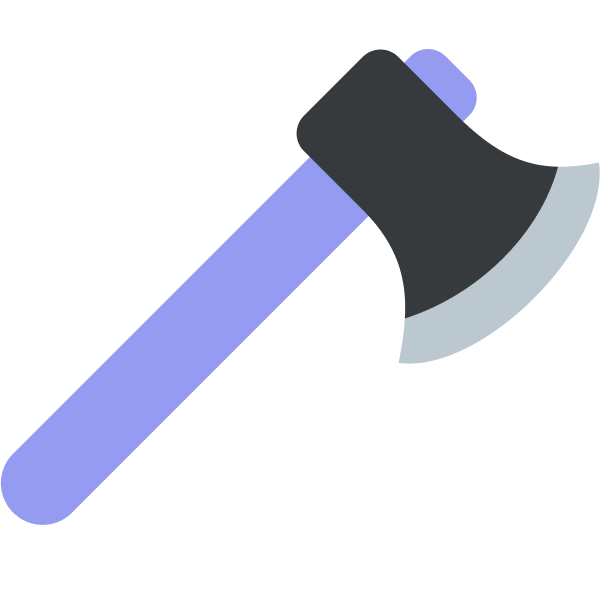Request-Response Cycle
In this section, we are going to talk about everything HTTP Request-Response cycle in Axe API.
- You will learn
- What is Request and Response?
- What is the Request-Response cycle?
- How does Axe API process the Request-Response cycle?
Request & Response
In HTTP, a request is a client-initiated message sent to a server, specifying an action to be performed. It includes a method (e.g., GET, POST) and a target URL, optional headers, and sometimes a request body.
The server processes the request and generates a response. A response is the server's reply to the client's request, including an HTTP status code, headers, and often a response body containing requested data or an acknowledgment.
Requests and responses form the foundation of communication in the HTTP protocol, allowing clients to retrieve information, submit data, and interact with servers in a standardized and structured manner.
Request-Response cycle
The Request-Response cycle in HTTP represents the flow of communication between a client and a server. It starts when the client sends an HTTP request to the server, specifying the desired action, URL, headers, and sometimes a request body.
The server receives the request, processes it, and generates an HTTP response. The response includes an HTTP status code, headers, and often a response body containing requested data or an acknowledgment.
When we talk about the Request-Response cycle in Axe API, we mean the process in that Axe API handles the request and generates a response process.
The flow
The following schema demonstrates the Axe API Request-Response cycle for updating a resource route:
PUT api/v1/users/1

By the schema, we can talk about four important parts; middleware, query and action phases, and serializers.
Middlewares
Middleware refers to software components that sit between an application's core functionality and the underlying infrastructure. It provides common services such as authentication, logging, and error handling.
Middleware acts as a bridge, enabling communication and enhancing functionality between different components in a software system.
As you can see there are different types of middleware that you can use.
Query & Action Phases
In Axe API, each HTTP request uses query or action phases. Sometimes, both phases can be used at the same time, depending on the handler type.
The Query Phase means that database query operations. The Action Phase means data manipulations like inserting, deleting, or updating.
On the right of the schema, you can see which handler support which phase.
For example, the INSERT handler doesn't provide the Query Phase because there is not anything to query before the inserting action.
Likewise, the PAGINATE handler doesn't provide the Action Phase because there is not any action (like inserting, deleting, updating) to be used.
You can use the hooks or the events at the same time during the phase (before or after) in each phase (Query or Action).
That allows you to add your application logic to the Request-Reponse cycle.
Serializers
Serializers are functions that allow you to serialize data by your application logic. For example, you may uppercase all values, or convert item keys to camelCase by using a serializer function.
As you can see there are different types of serializers that you can use.
Next step
In this section, we tried to explain the general structure of the HTTP Request-Response cycle.
In the next section, you will learn more about middleware, hooks and events, and serializers.
 Axe API
Axe API